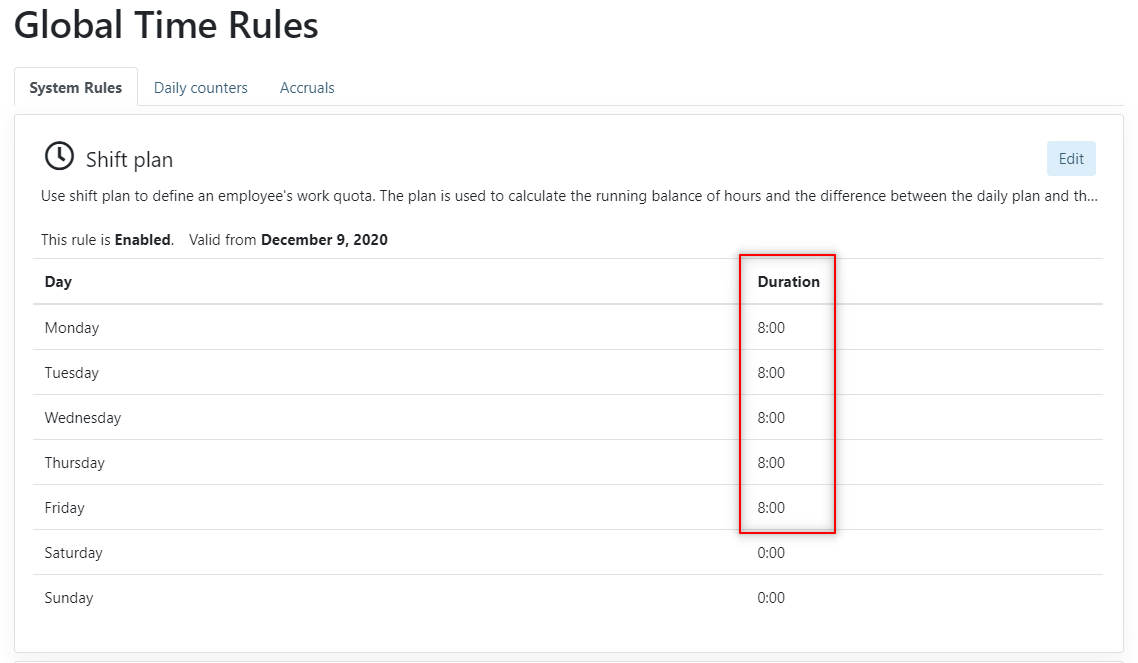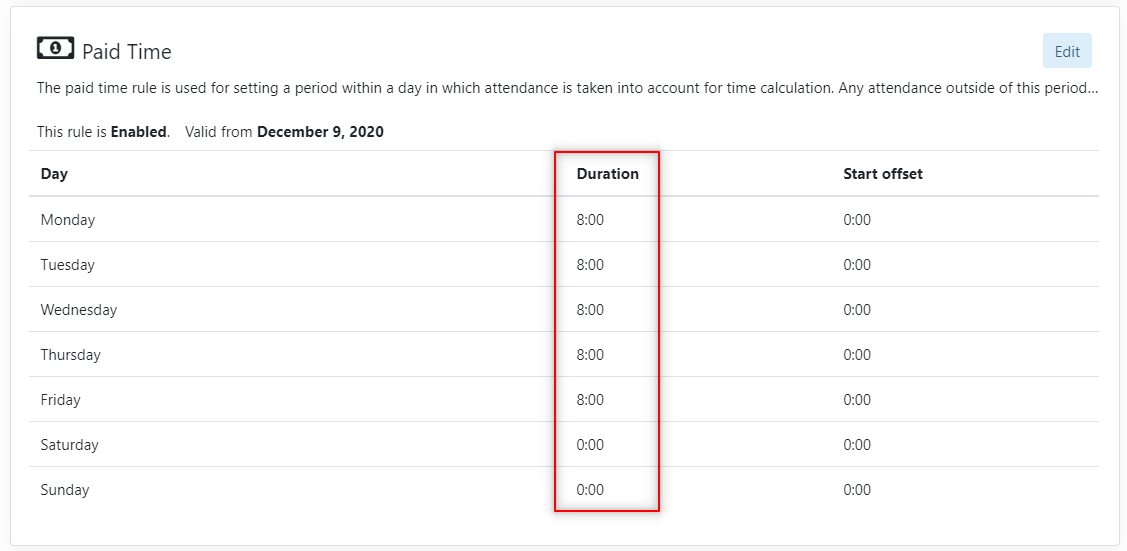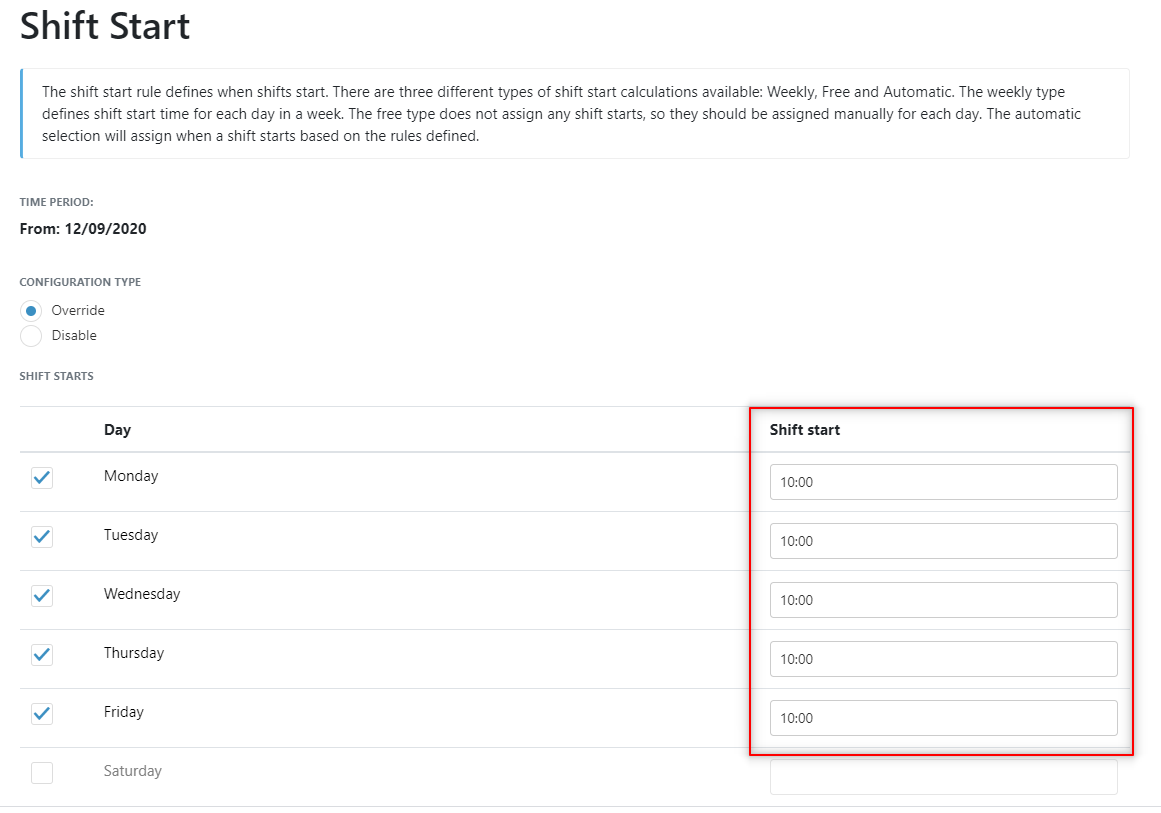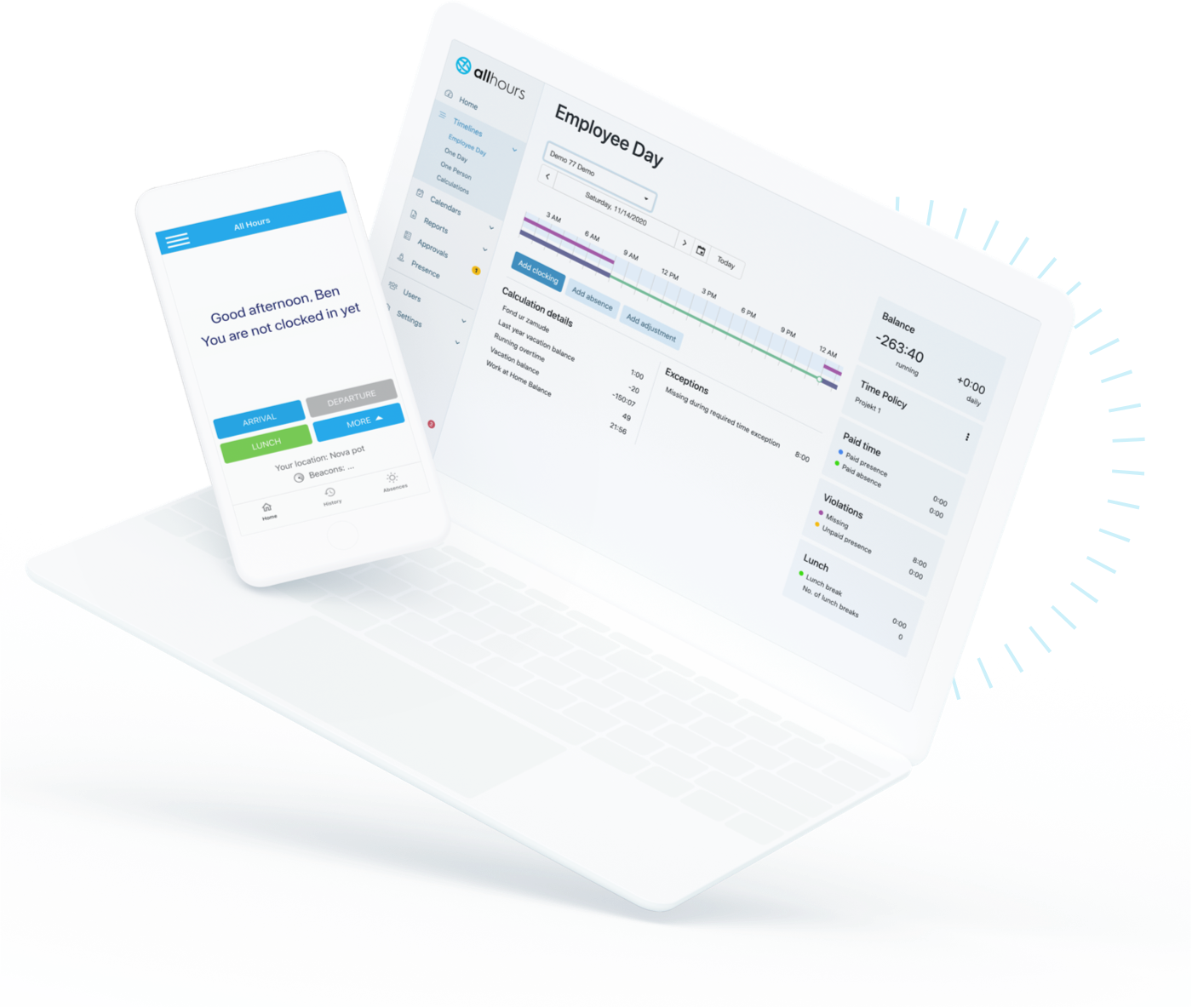What is flexitime (flexible work) and what are its advantages and disadvantages?


Flexitime, sometimes also called flextime, is a working schedule which allows employees to choose when to start and end their workday, and/or how long to take their break for, within agreed limits set by management.
It’s one of the key ways to increase work flexibility and attractiveness of a workplace.
Creating a modern workplace where people love to perform in most cases means extending such flexibility to employees. With implementing flexitime employees are able to adjust their location and time of work to achieve maximum productivity.
Many employees (more than 40 %, according to some sources) choose work flexibility over salary.
With flexitime they can more easily achieve work-life balance and organize work around their other personal errands and commitments. Allowing flexitime is also considered part of providing a family-friendly working environment.
Work flexibility can’t be achieved in all industries and professions (for example in a factory or a hospital), but for most creative and intellectual workers flexibility is becoming the new normal.
With that in mind, you can increase work flexibility for your employees by changing three main parameters:
- Working hours (e.g. flexitime)
- Working patterns (e.g. job sharing)
- Working locations (e.g. remote work, flexplace)
The end goal is to offer any combination of the above to employees, preferably a combination which will boost both employee satisfaction and company productivity all at once.
So, let’s dive deep into flexitime, and all its advantages and disadvantages.
What is flexitime?
A flexible daily schedule allows employees freedom in terms of when they come to work, leave, or take lunch. These arrangements have no impact on their responsibilities, the goals that need to be achieved, or the total hours worked.
In the most flexible settings, employees come and go as they please. However, for operational purposes, most workplaces set organizational core hours – designated periods of time when employees are required to be at work.
An example of a flexitime working policy would be:
- Flexitime arrival: 7am – 10 am
- Flexible lunch hours: 12am – 2pm
- Flexible leave: 4pm – 6pm
- Core hours (must be in the office): 10am – 12am, 2pm – 4pm
The main advantages of flexitime for employees are:
- A better work environment with greater satisfaction and motivation
- Reduced stress and fatigue
- Easier and faster commuting, rush hours can be avoided
- Easier planning of quiet time in the office
- Full pay and benefits are kept
- Extended office hours
- Better fit of working hours with school hours, college hours, or care arrangements
The main advantages for employers are: higher productivity, reduced absenteeism and tardiness, and a more attractive working place for keeping and attracting top talents.
The main challenges of flexitime for employees:
- It can take more discipline to manage flexible work
- You need a good software solution to keep logs
Flexitime also presents some challenges for employers, such as less supervision during certain time periods, and understaffing at times.
It may also create difficulties with scheduling meetings, and tracking working hours can be difficult (if you don’t have an advanced solution like All Hours).
The best practices to make flexitime work
Following these practices should keep most of the potential flexitime problems at bay:
- Set the core office hours (for each employee or the entire office) to maintain office coverage and avoid difficulties with scheduling meetings.
- Establish effective channels for communication and task management.
- Decide how work hours will be tracked.
Employers in most countries are required by law to track how many hours their employees work in a given period.
Online clocking systems (mobile and web time clocks) are an important tool for monitoring work hours, especially for employees on flexible arrangements.
How to set flexitime in All Hours
Flexitime can take different forms, most commonly the following:
- Staggered hours within a fixed schedule
- Core hours within a variable schedule
- Variable day
- Total flexibility
Staggered hours within a fixed schedule
Arrival and departure times differ from ordinary working hours, but the same schedule is kept every day (e.g. 10 to 6 instead of 9 to 5).
How to set staggered hours in All Hours
1. Set the ‘Shift Plan’ rule to 8 hours from Monday to Friday to define the total hours to be worked in a week.

2. Set the ‘Shift Start’ to 10 AM for each day. The rules below will be applied at the start of the shift.
3. Set the ‘Required Time’ rule for a duration of 8 hours every day which equals 10 AM to 6 PM. Employees not present during this time will be marked as missing!
4. Set the ‘Paid Time’ rule for the time in which worked hours will be taken into account as paid time. You can setup 8 hours per day which will equal 10 AM to 6 PM from Monday to Friday in our example.

Core hours within a variable schedule
Arrival and departure times can differ from day to day, as can the number of hours worked in a day, but it is expected that the employee will work a set number of hours each week and be present at the company during organizational core hours.
How to set core hours in All Hours
1. Set the ‘Shift Plan’ rule to 8 hours from Monday to Friday to define the total hours to be worked in a week.
2. In this case the organizational core hours are from 10 AM to 1 PM from Monday to Friday. Set the ‘Shift Start’ to 10 AM for each day. The rules below will be applied at the start of the shift.

3. Set the ‘Required Time’ rule for the time to 3 hours per day which equals 10 Am till 1 PM. Employees must be present during these hours or they will be marked as missing!

4. Set the ‘Paid Time’ rule for all days to 24 hours so your employees can work their flexible hours at any given time and have them taken into account as paid time.
Try All Hours for free and see how simple it is to setup flex work.







